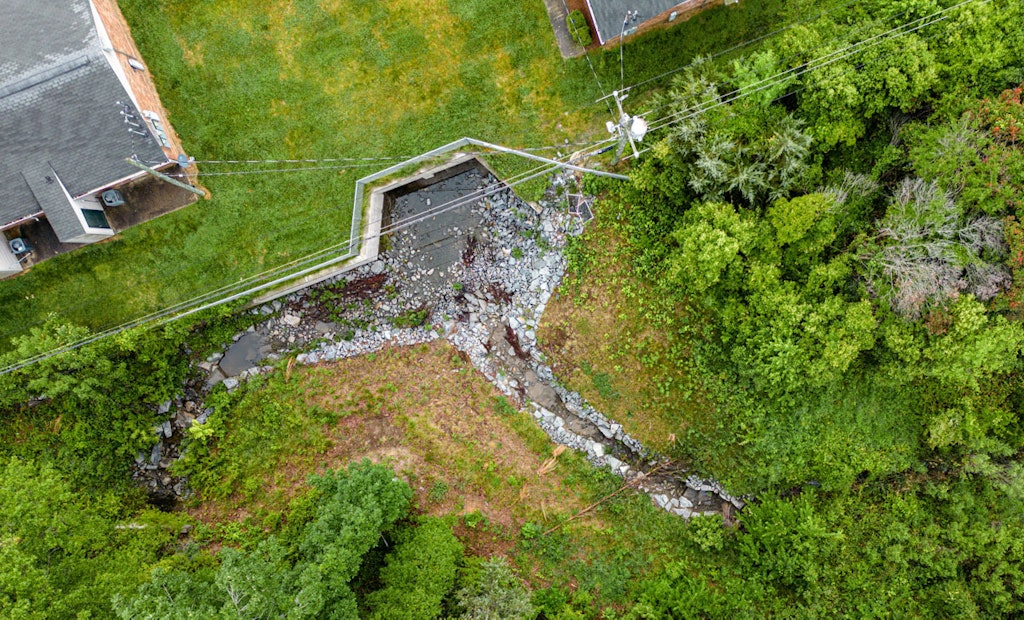
A double-barrel box culvert safely guides rainwater runoff under the housing development at the Cedars East Storm Drainage Improvement Project in Charlotte, North Carolina. The project wrapped up in 2021 and has eliminated flooding issues from creek runoff. (Photography by Logan Cyrus)
Through massive investments in stormwater-control projects in Charlotte, North Carolina, the Charlotte-Mecklenburg Storm Water Services utility is proactively taking steps to mitigate the flooding that used to plague parts of the fast-growing city and the surrounding county.
The...









